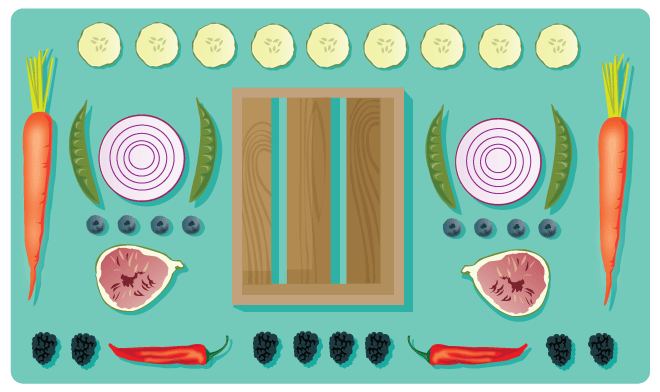Fruits and vegetables, according to a recent report, are the best and cheapest medicine available.
An article by The Union of Concerned Scientists (UCS) suggests that simple changes to consumers’ diets can result in drastic health improvements and significant health care savings. The article suggests increasing the consumption of replenishable resources, such as nutritious fruits and vegetables, to reduce health care costs.
Evidence suggests that consuming the recommended daily amounts of fruits and vegetables will lower an individual’s risk of developing cardiovascular disease, the leading cause of death in the United States. While the Dietary Guidelines for Americans recommended that people fill half of their plates with fruits and vegetables, many Americans are not meeting these guidelines. UCS suggests that by adding just one additional portion or one half-cup per day to the current average daily consumption of fruits and vegetables, Americans can save more than US$2.7 trillion in annual national medical costs. However, if Americans were to eat the recommended daily values of fruits and vegetables, the country as a whole would save up to a whopping US$11 trillion. In order to be granted the “US$11 trillion reward,” farmers, eaters, businesses, and policy makers must follow low-cost policy reforms to increase consumption of fruits and vegetables.
The Union of Concerned Scientists suggests three low-cost policy reforms:
1. Encourage farmers to produce more fruits and vegetables
2. Invest more in grocery stores, farmers markets, and distribution facilities, also known as “food hubs”
3. Make it easier for individuals to redeem food assistance benefits at local markets.
These reforms, says UCS, would provide Americans with more opportunities to increase their consumption of fruits and vegetables, reducing cardiovascular disease, saving lives, and saving the United States enormous amounts of money.















